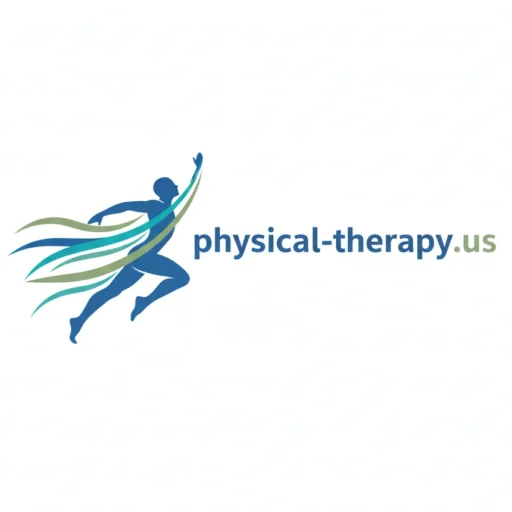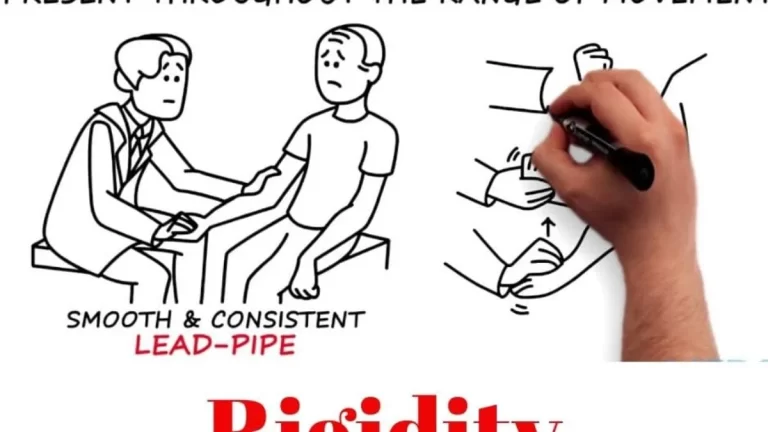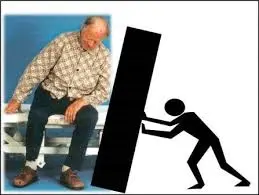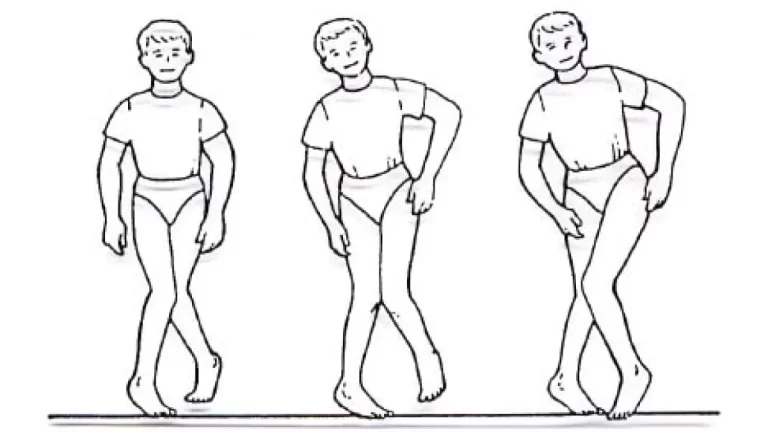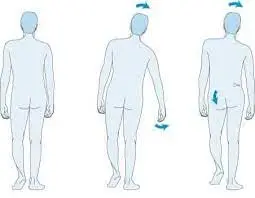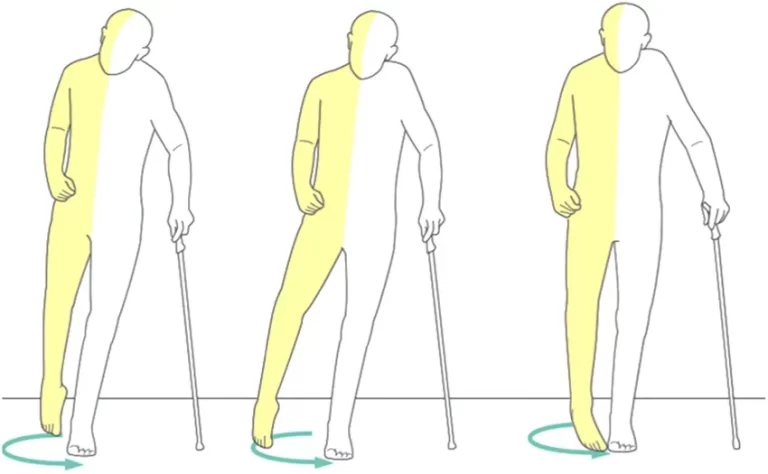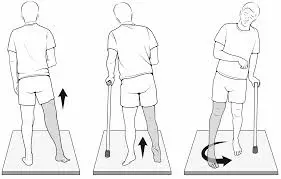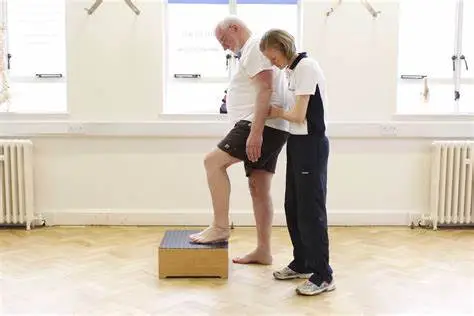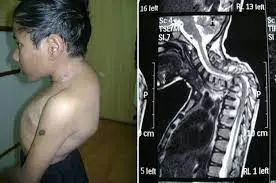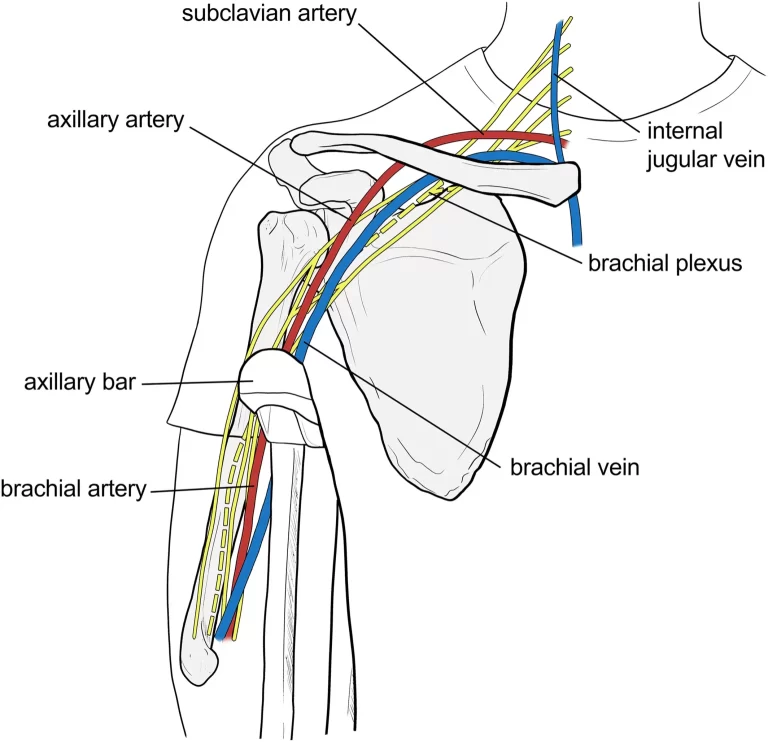Lead Pipe Rigidity
What is a Lead Pipe Rigidity? Lead pipe rigidity is a type of muscle stiffness commonly associated with neurological disorders, particularly Parkinson’s disease. It refers to a uniform resistance to passive movement throughout the entire range of motion, resembling the resistance encountered when bending a lead pipe. This condition results from the hyperactivity of muscle…
